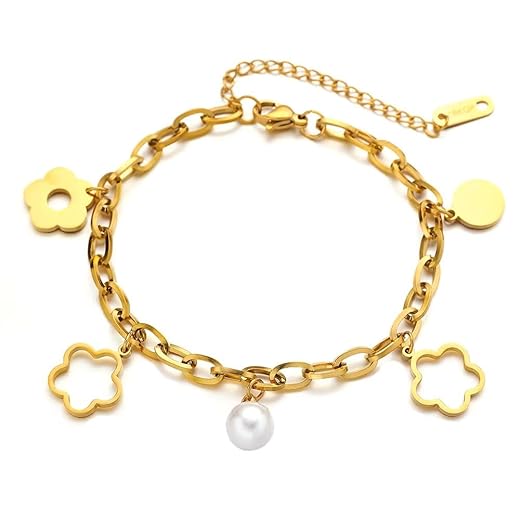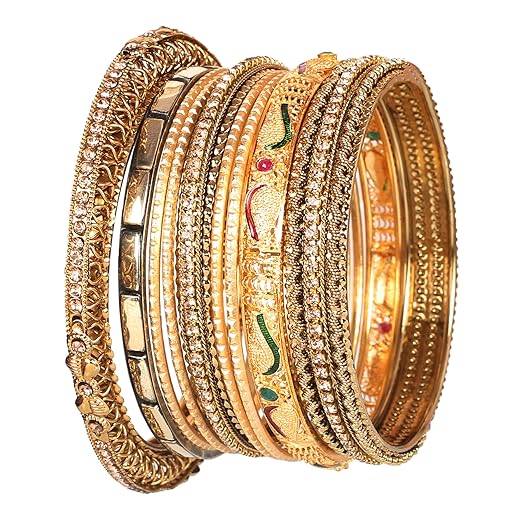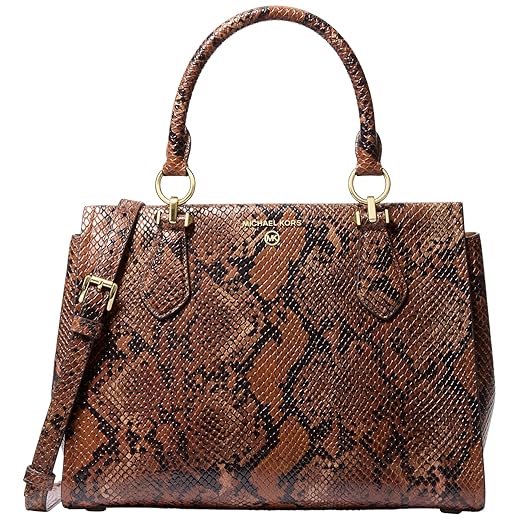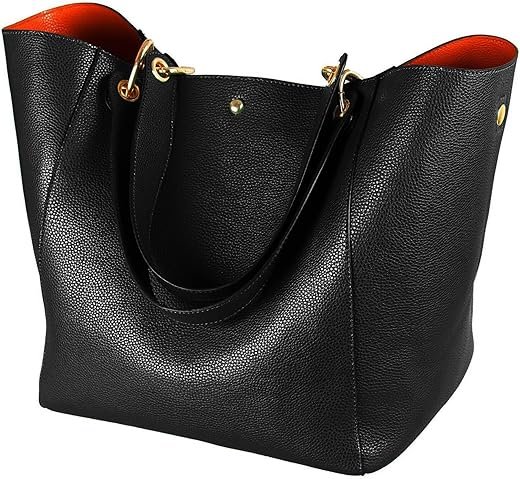Why Limited-Edition Accessories Matter
Limited-edition accessory drops are where fashion, design, and storytelling collide. Scarcity turns ordinary objects into must-have statements, and a carefully timed release can make a small bag or pin feel like cultural currency. Designers use drops to shape brand narratives, test ideas, and reward engaged fans.
This article will guide you through the world of drops. Expect practical tips for spotting authentic releases, timing your purchase, and judging long-term value. We’ll also cover care, resale basics, and strategies to build a thoughtful, curated collection. Whether you collect, flip, or simply love beautiful things, this guide helps you snag the right pieces when they appear.
Read on to learn tactics, insider signals, and smart long-term thinking today.




Understanding the Allure of Limited-Edition Drops
Psychology: Scarcity, FOMO, and Status
Limited runs tap into basic human psychology: when an item is scarce, it feels more desirable. Drops amplify urgency—countdowns, raffles, and sold-out badges all trigger FOMO and quick decisions. Beyond impulse, owning a rare accessory signals taste and insider status: think a Hermès Birkin or a KAWS keychain on a backpack. Those visible cues turn accessories into social shorthand.
Market Mechanics: How Drops Create Demand
Brands engineer scarcity through small production runs, staggered releases, and timed exclusives (store-only or region-limited). Media coverage and influencer placements magnify the effect, turning individual launches into cultural moments that attract collectors and press alike. Secondary markets then validate perceived value; a piece that resells well becomes a de facto collectible.
Designer Motivations and Real-World Examples
Designers use limited drops to:
A well-timed collab can push a small accessory into mainstream conversation, leading to press cycles and long-term brand lift.
Quick Action Steps for Buyers
These practical checks help you separate well-made, meaningful drops from manufactured hype and guide quick purchasing decisions when a coveted item appears.
How Designers Plan and Tease Accessory Drops
From Sketch to Small Batch: the lifecycle
Designers start with a narrative—theme, material story, or cultural reference—and map that to production realities. Choices about materials (recycled brass vs. 18K vermeil), artisan techniques (hand-engraving, lost-wax casting), and tooling costs determine whether a design can be a one-off, a capsule of 100, or a run-of-1,000. Real-world tip: intricate handwork often forces runs under 200 pieces to stay profitable.
Strategic collaborations and capsule thinking
Collaborations let brands borrow audience and credibility quickly. A streetwear brand might pair with a heritage jeweler to fuse craft and cool—think limited enamel charms co-signed by both logos. Capsules are purposely curated: a trio of coordinating pieces prolongs the story and gives collectors options without diluting rarity.
Teasers, lookbooks, and influencer seeding
Marketing starts long before release. Common tactics:
Actionable: follow brand insiders on Telegram/Discord and join mailing lists—many early confirmations live there.
Production constraints, numbering, and packaging
Manufacturing limits—supply availability, artisan capacity, and QC—often cap batch sizes. That constraint becomes the story: numbered editions, hand-signed certificates, bespoke boxes, and custom dust bags elevate perception and justify premiums. Practical advice: inspect edition numbers and packaging photos before buying; inconsistencies often signal counterfeits or grey-market leaks.
Launch logistics buyers should watch
These operational checkpoints explain why some drops feel chaotic—and how you can be prepared to win one.
Types of Limited-Edition Accessories to Watch
Statement bags and mini bags
Limited-run bags—think an unexpected colorway of a sculptural tote or a tiny Jacquemus-style mini—become icons because they combine silhouette, scarcity and a strong launch story. Look for small runs, exclusive colorways, and collabs with artists or fashion houses (Hermès seasonal colors or a Chanel Artist Series are classic examples). Practical tip: verify stitch quality and hardware codes; these tell you whether a “limited” piece is authentic.
Artisan jewelry and wearable art
Hand-forged cuffs, enameled charms, and sculptural brooches carry provenance: artisan marks, lost-wax casting, or hand-engraving increase collectible value. Limited editions often include serial numbers or an artist signature. Buying tip: request maker photos and provenance notes—these matter for resale and conservation.
Scarves and textiles with special prints
Limited-run scarves (Hermès carré-style silk, artist-collab foulards) become wearable posters: unique prints, archival motifs, or hand-rolled hems make them sought after. Check fabric weight, print registration, and edge finishing. Store flat or on a padded hanger to preserve shape.
Eyewear with unique frames
Small-batch frames—acetate blends, hand-painted temples, or numbered metal editions—are collectible when design departs from core ranges. Try-to-buy tip: compare temple codes and try on for fit; limited editions often use experimental proportions that affect comfort.
Tech accessories and designer cases
From numbered leather AirTag holders to bespoke iPhone cases, collaborations between tech and fashion brands create fast-moving drops. Prioritize verified serials, official brand listings, and compatibility specs.
Bespoke or customizable items
Made-to-order pieces that accept monograms, color choices, or material swaps are increasingly collectible when paired with limited base runs. Look for certificate-of-customization, production timelines, and strict return policies.
Markers of collectibility to scan for:
Where and When to Buy: Channels, Drops, and Release Strategies
Channels — where to monitor and why each matters
Brand websites and apps: the most authentic source, often with early access for loyalty members. Curated drop platforms (e.g., SSENSE, END., or The Drop mentality) centralize launches and reduce cart chaos. Independent boutiques offer artist-first releases and insider info; authorized stockists can surface region-exclusive pieces. Pop-up shops create instant scarcity and experience-driven demand.
Timed-release platforms are great when you want predictability; boutiques and pop-ups are better for tactile inspection and surprise finds. Tip: follow a mix—brand app alerts for authenticity, a curated platform for convenience, and local boutiques for serendipity.
Typical release formats and how to approach them
Timing tactics and in-person strategies
Next, we’ll pivot into evaluating value and spotting red flags so you spend wisely rather than impulsively.
Smart Buying: How to Evaluate Value and Avoid Pitfalls
Verify authenticity before you buy
Start with the obvious: provenance matters. Check serial numbers, hallmarks, holograms, and original packaging. Ask for certificates of authenticity (COAs) and order histories when buying secondhand. Use reputable third-party authenticators (e.g., Entrupy for leather goods, WatchCSA for watches) or buy through authorized retailers to reduce risk. Quick checks: a genuine Hermès blind stamp, a Rolex reference number, or the zip pull and stamp on a Prada bag can save you hundreds.
Inspect materials and craftsmanship
Feel, smell, and test details: top-grain leather should soften and patina differently than bonded leather; quality zippers (YKK/brand hardware) run smoothly; stones and clasps sit flush and move without wobble. Small defects—crooked stitching, discoloration, loose settings—are red flags and often expensive to repair.
Understand edition size and provenance
Edition numbers and artist signatures influence value. A 50-piece numbered run is very different from an open “limited” label. Ask who owned it before, whether pieces were part of promos, and if the release had regional variations. Provenance drives collector confidence and resale liquidity.
Read the fine print
Always read return policies, warranty terms, service intervals, and export/import taxes. A no-returns drop or one-year warranty on a $3,000 watch changes your risk profile. For watches and high-end jewelry, factor in authorized-service costs.
Avoid common pitfalls and set expectations
Scalpers, counterfeits, and inflated pre-orders are rampant—use verified marketplaces (StockX, The RealReal) and compare completed sales, not just asking prices. Remember: most accessories don’t guarantee appreciation; only a few categories (certain Hermès Birkins, select Rolexes) historically gain value.
Next up: practical steps for post-drop care, resale strategy, and turning single buys into a thoughtful, curated collection.
Post-Drop Care, Resale, and Building a Curated Collection
Store and maintain to preserve condition
Protecting condition starts the moment you unbox. For leather goods, keep them stuffed with acid-free tissue, stored upright in breathable dust bags, and away from heat and humidity. For jewelry and watches, wipe oils off after wear, keep straps dry, and service mechanical pieces on manufacturer-recommended intervals. Small investments—silica packets, pH-neutral cleaners, and a lockable organizer—pay off over time.
Document provenance and photograph like a pro
Record purchase receipts, COAs, serial numbers, and any service history in a cloud folder. Photograph items clearly for resale or insurance:
These images speed listings, strengthen authenticity claims, and support insurance or claims.
Know your resale channels and true fees
Choose between consignment (TheRealReal, Vestiaire Collective), marketplace flips (eBay, StockX, Grailed), and auction houses (Sotheby’s, Heritage). Fee structures vary widely—expect platform commissions, seller fees, and payment-processing charges. Factor in shipping, authentication, and possible return costs. Keep local regulations and VAT/sales tax in mind; for high-value sales, consult a tax pro to understand capital-gains implications.
Timing: flip fast or hold for value
Quick resales work for hyped, time-limited drops; archival pieces—signed, artist-collab, or historically significant items—often reward patient holding. Example: a rushed flip can net immediate profit on streetwear collabs, while rare Hermès or certain watches typically appreciate with provenance and age.
Build with intention and community
Balance wearable staples (everyday hoops, a go-to crossbody) with archive-worthy anchors. Track themes, designers, and materials to keep your collection cohesive. Join collector forums, attend sample sales or private viewings, and trade insights with local meetups to deepen expertise and spotting power.
With care, documentation, and a clear strategy, your drops become assets and stories—setting up a seamless move into the article’s closing guidance.
Make Every Drop Count
Limited-edition accessory drops condense creativity, scarcity, and storytelling into pieces that matter—emotionally and as investments. Anticipate releases by following designers, subscribing to alerts, and learning release patterns. When buying, weigh craftsmanship, provenance, and resale potential; avoid hype-driven impulse purchases and know return policies.
Care for pieces promptly, document condition, and join collector communities to trade knowledge or sell strategically. Follow favorite designers, sign up for drops, and approach releases with curiosity and discipline. Enjoy the hunt—blend passion with savvy so every catch truly enhances your curated collection. Start today and stay engaged for future drops, always.



Leave a Reply